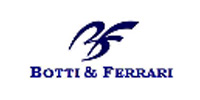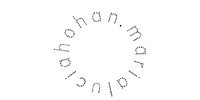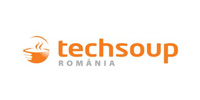A long conflict about, now famous, “scratches and claws” has come to an end with the European Court of Justice recently dismissing the appeal filed by Monster Energy Company against the registration of the EUTM applications belonging to Mad Catz Interactive, Inc.
The goods in question are clothing and headgear in class 25 and the marks in conflict are the following:


The European Court of Justice found the appeal is manifestly inadmissible relying on the findings of the Advocate General that the appellant relies neither on any distortion of the facts by the General Court nor on a failure to take account of all factors relevant for assessing the likelihood of confusion. It seeks, in fact, to call into question the assessments of the General Court relating to the absence of a likelihood of confusion between the signs at issue.
Thus the decision of the General Court deciding on facts was maintained. With its decision GC confirmed the findings of the EUIPO Board of Appeals that the mark applied for depicts a black square on which four diagonal parallel white lines are placed which might be perceived by the public as ‘scratches’, white brush strokes or a purely abstract device, whereas the earlier mark shows three vertical parallel black shaky lines of different lengths whose upper part is broader and which, from the perspective of the relevant public, might resemble three ‘fingers’ or ‘claws’ or a very abstract depiction to which no specific and clear meaning can be attributed. The signs at issue are visually similar in so far as they both depicted a number of stylised lines. However the shape, colour, number and position of those lines are different, the lines of the mark applied for resemble brush strokes and have a different shape to that of the lines of the earlier mark and those differences are reinforced by the square black background of the mark applied for. With regard to the conceptual aspect the court decided not to take over the arguments of the appellant that signs are liable to convey “the message of something aggressive and that something is being ripped open” but founded that part of the relevant public will not associate the signs at issue with any meaning but will perceive them as abstract devices and if some consumers were to identify the signs as ‘white brush strokes painted against a black rectangular background’, on the one hand, and as a ‘claw’, on the other hand, the signs would be conceptually different.
In sustaining likelihood of confusion the appellant criticised the fact that the court failed to consider appropriately the relevance of the distinctiveness acquired by the earlier mark through its extensive use in respect of energy drinks and clothing for extreme sports. In the assessment of the likelihood of confusion the GC took note of the settled case law according to which in order to assess whether a mark has a highly distinctive character as a result of the public’s recognition of it, all the relevant facts of the case must be taken into consideration, that is, in particular, the market share held by the mark; how intensive, geographically widespread and long-standing use of the mark has been; the amount invested by the undertaking in promoting the mark; the proportion of the relevant section of the public which, because of the mark, identifies the goods or services as originating from a particular undertaking; and statements from chambers of commerce and industry or other trade and professional associations. In this case based on the filed evidences it was concluded the appellant operates in the ‘non-alcoholic beverages’ or ‘energy drinks’ sector and that it is essentially for the purposes of sponsorship or promotion that the earlier marks are used on items of clothing and headgear. In respect of the overall assessment of the likelihood of confusion, The Court found that the differences between the signs in the present case prevailed over their similarities and that therefore, having regard to all the relevant factors, there was no likelihood of confusion on the part of the relevant public, even if the goods were identical.
Claims of reputation of the earlier mark were also brought but were rejected for the same reasons as those in respect of the enhanced distinctiveness of the earlier mark in relation to the goods concerned, namely clothing and headgear.




















